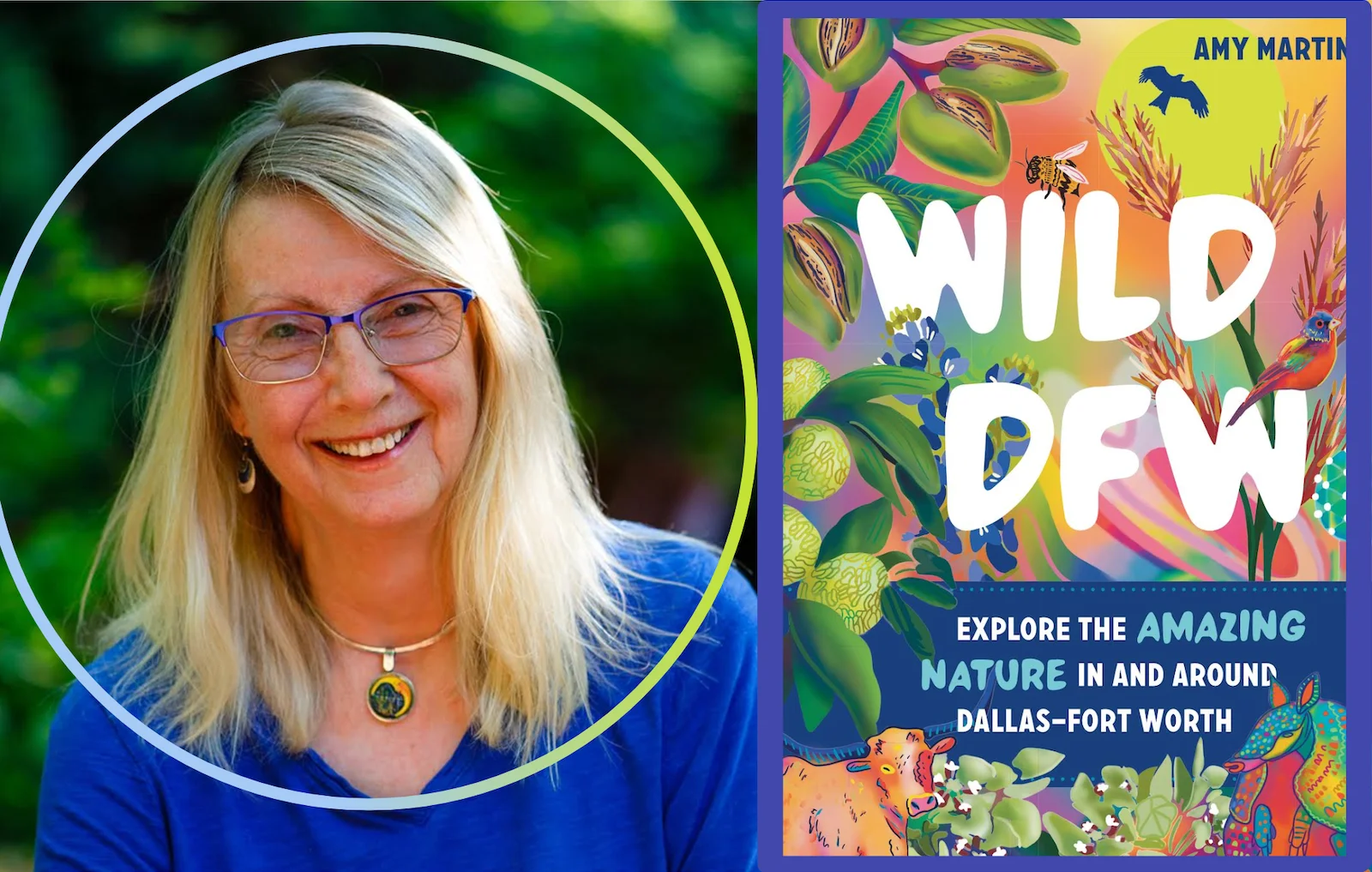North Texas may not be the first place that comes to mind when thinking about wild landscapes, but naturalist and journalist Amy Martin is here to change that.
In her new book Wild DFW: Explore the Amazing Nature Around Dallas-Fort Worth, Martin shines a light on the region’s rich, surprising biodiversity—from hidden prairies and hardwood forests to the delicate ecosystems woven into city parks and forgotten green spaces.
In our latest Book Talk, Martin shares what inspired the book, how even small pockets of urban wilderness matter, and why connecting with nature may be one of the most radical and restorative things we can do—for ourselves and for the planet.
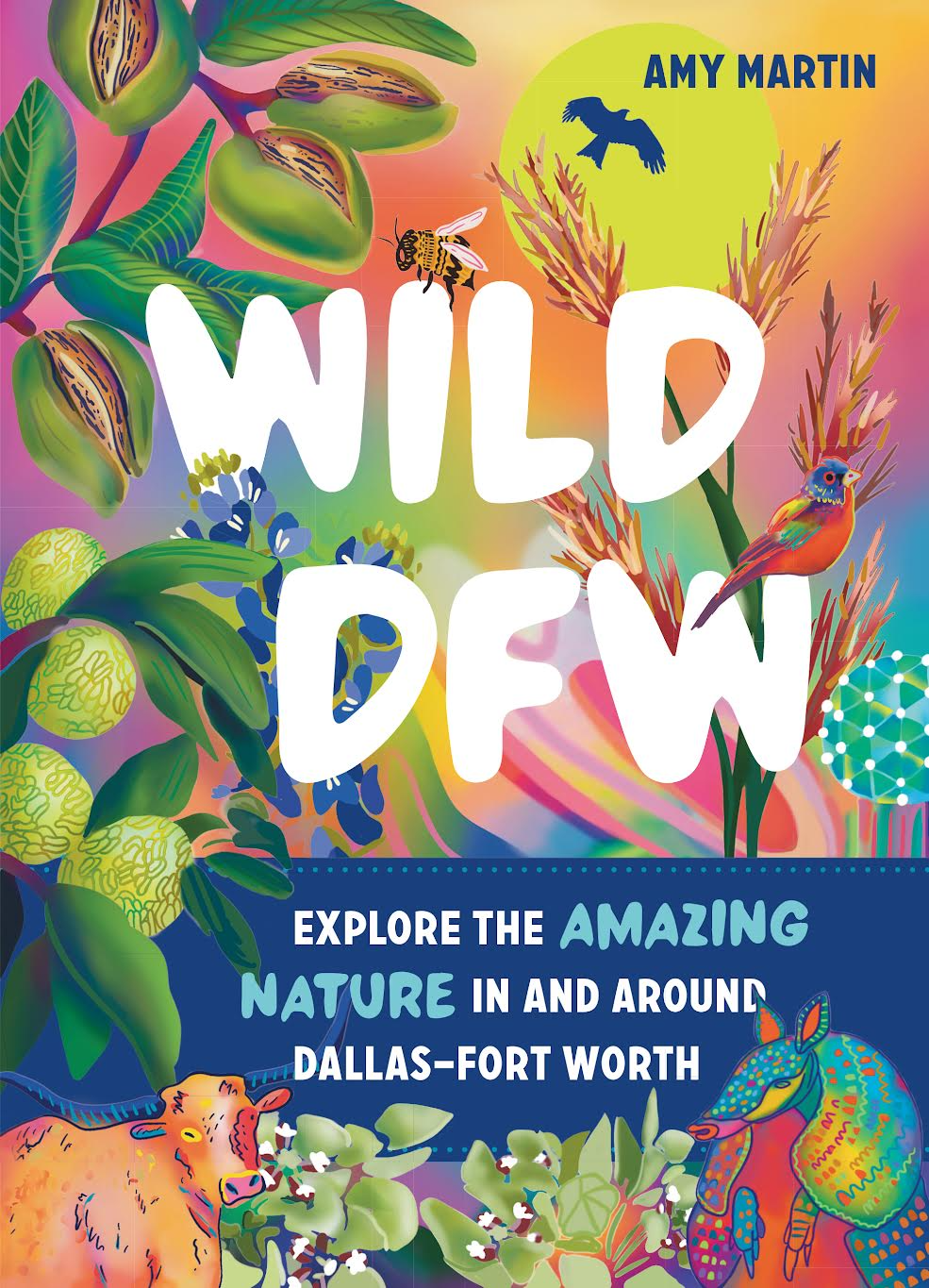
Book cover design by Mariell Guzman
Tell us about yourself.
By the time I was a toddler, it was clear to me that nature in my yard was much saner than the humans in the house. A picture book and a backyard tree were all I needed. But I still couldn't give up on people and was always organizing them to step beyond themselves, from making my third-grade friends bombard the playground by blowing bubbles to leading marches for student rights in high school. I never grew out of that.
As an adult, I've straddled the divide between journalism and advocacy. My end goal of writing is to stir people to action.
Your book highlights hidden gems in North Texas nature, many of which are tucked away in places people might overlook. How did you discover these locations?
I am one of the 2% who survived shattering my second cervical vertebrae. This injury, called a hangman's fracture, kills 70% and paralyzes the rest. To save my life, a superb surgeon used eight titanium rods and screws to make a sandwich of my top three vertebrae, and then bone grafted it together. I had to reside in a recliner for two months while it sealed.
I surfed Google Maps in satellite view for hours every day, looking for parks, preserves, and undeveloped green areas. I marked dozens of them. Visiting those places was my motivation to get well. The cervical fusion took away much of my balance and I had to learn to walk again before I could.
My cardinal rule is to hang out with people who know more than me. Smart hikers guided me through many of those places, especially the wilder ones. Several of those hikes appear in Wild DFW.
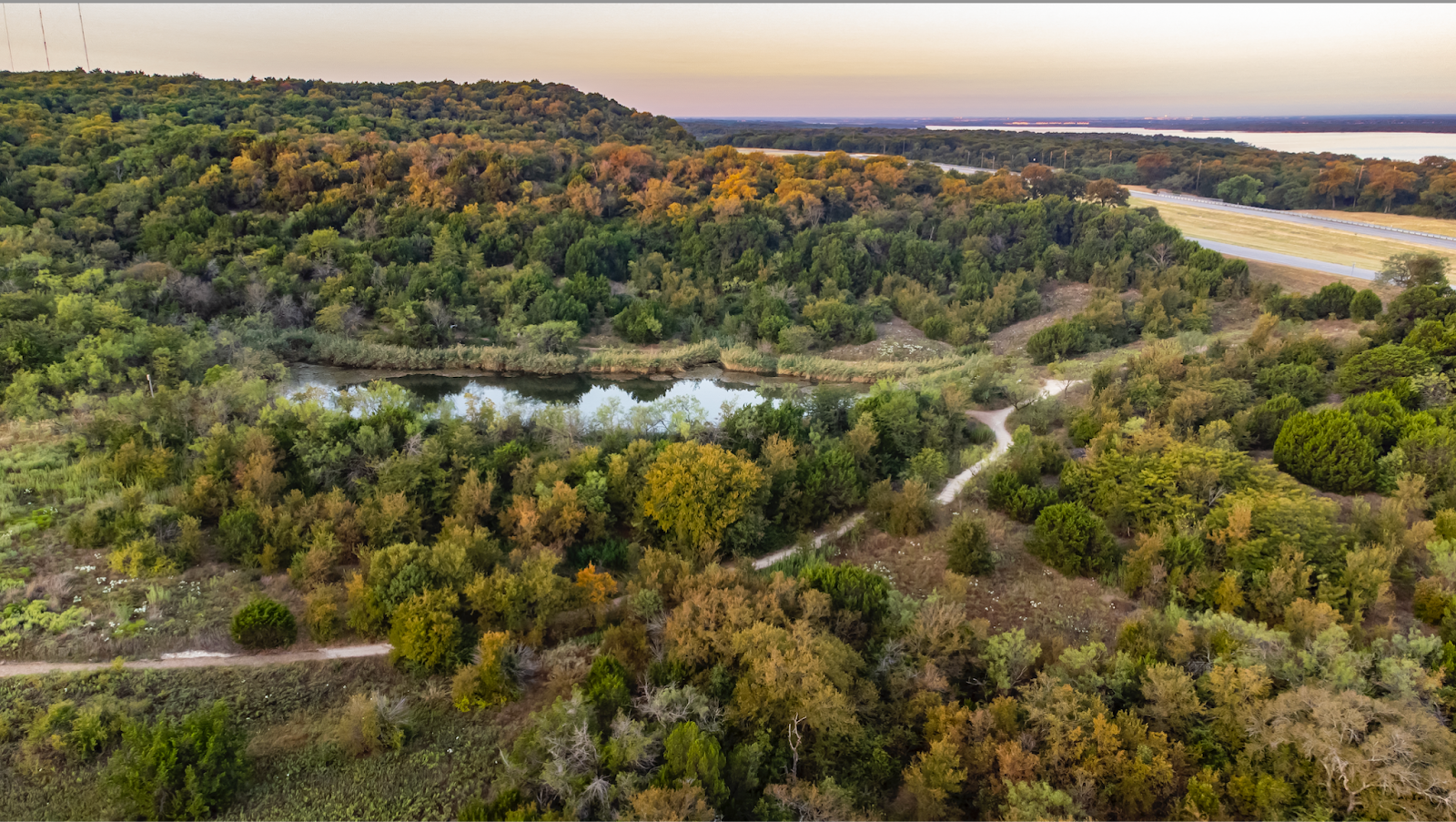
Aerial view of Cedar Ridge Preserve in southwest Dallas County. (Photo by Vijay Tanwar)
What made you write this book?
Timber Press has a series of books on urban nature that started with Wild LA, including Wild Philly, Miami, Houston, etc. I’d been writing a column for GreenSourceDFW called Wild Dallas, exploring nature in North Texas. I have 12 years of experience restoring wildlife habitats on private nature preserves and completed Texas Master Naturalist training. When Timber Press was seeking a writer for a Wild book covering Dallas-Fort Worth, my name came up a lot.
How does attachment to nature foster a stronger community?
If you care about the land, you'll care about what's on it. Healthy nature is diverse, flexible, responsive, and interconnected—all community-building qualities. Spend contemplative time in nature and these metaphors seep into you. Those who volunteer to restore wildlife habitat are the most altruistic people I know. These are folks who plant trees they'll never sit in the shade under. They are in it for the long run, for future generations. That builds community.
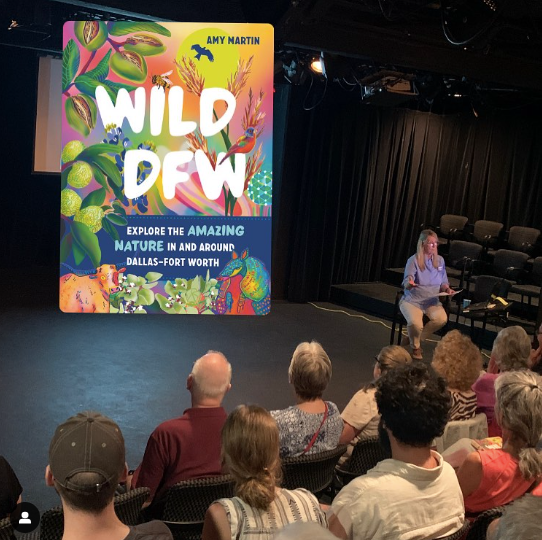
Martin presents “Wild DFW” at book event. (Photo courtesy Bath House Cultural Center)
How does exposure to and assisting nature serve as an antidote to depression and apathy, and counter hubris?
Nature wants nothing from us; has no expectations of us. It doesn't want to lobby or convert us, or sell us anything at all. The current hot topics in news and culture mean nothing to nature. Nature is utterly uninterested in us. What a blow to our ego. Nature is the ultimate antidote to narcissism.
Humanity thinks it can control nature. Tell that to a river that jumps its banks or pummels a levee into rubble. Tell that to a hurricane balancing weather forces in the sky with catastrophic results. Tell that to an earthquake releasing a pent of energy in the Earth's crust by ripping it apart. Utter hubris to think we are on a par with nature. It can and will snuff us out at any time. Humanity may be on a perilous course to self-destruction. Nature will go on regardless.

Sunrise at the Bonton Pond in the Great Trinity Forest in Dallas. (Photo by Daniel Koglin)
What is the most urgent environmental issue facing North Texas today, and how can people help?
Thousands of people move to North Texas every week. Every week! Some cities like Fort Worth are actively acquiring open space. Others, like Dallas and McKinney, do very little. The urban heat island effect, when concrete superheats in summer and radiates heat back so that the air never cools, is a serious problem. Makes people ill and costs businesses millions in lost work time. Global warming makes it infinitely worse. Only one thing counters urban heat island effect: green space. Heat maps show that areas with lots of trees and tall grass are far cooler.
All that concrete, being impervious, does not absorb water. Rainfall, which is increasing in extremity, rushes off pavement at high velocity. That hot and polluted water pours by torrents into creeks, killing the riparian foliage that holds the banks together and they collapse. Our creeks are eroding into canyons. Cities invest millions in creekside paved trails, yet many are now inches away from falling in. SOS, save open space. It's an alarm screaming for our attention.
If you have a lawn, rip that stuff out and plant native ground covers, shrubs, grasses, and wildflowers that sustain wildlife. Create places where wildlife can find shelter. Make your yard, or even your apartment or townhome patio, into habitat spaces redolent with greenery. My book, Wild DFW, has an excellent chapter on this.
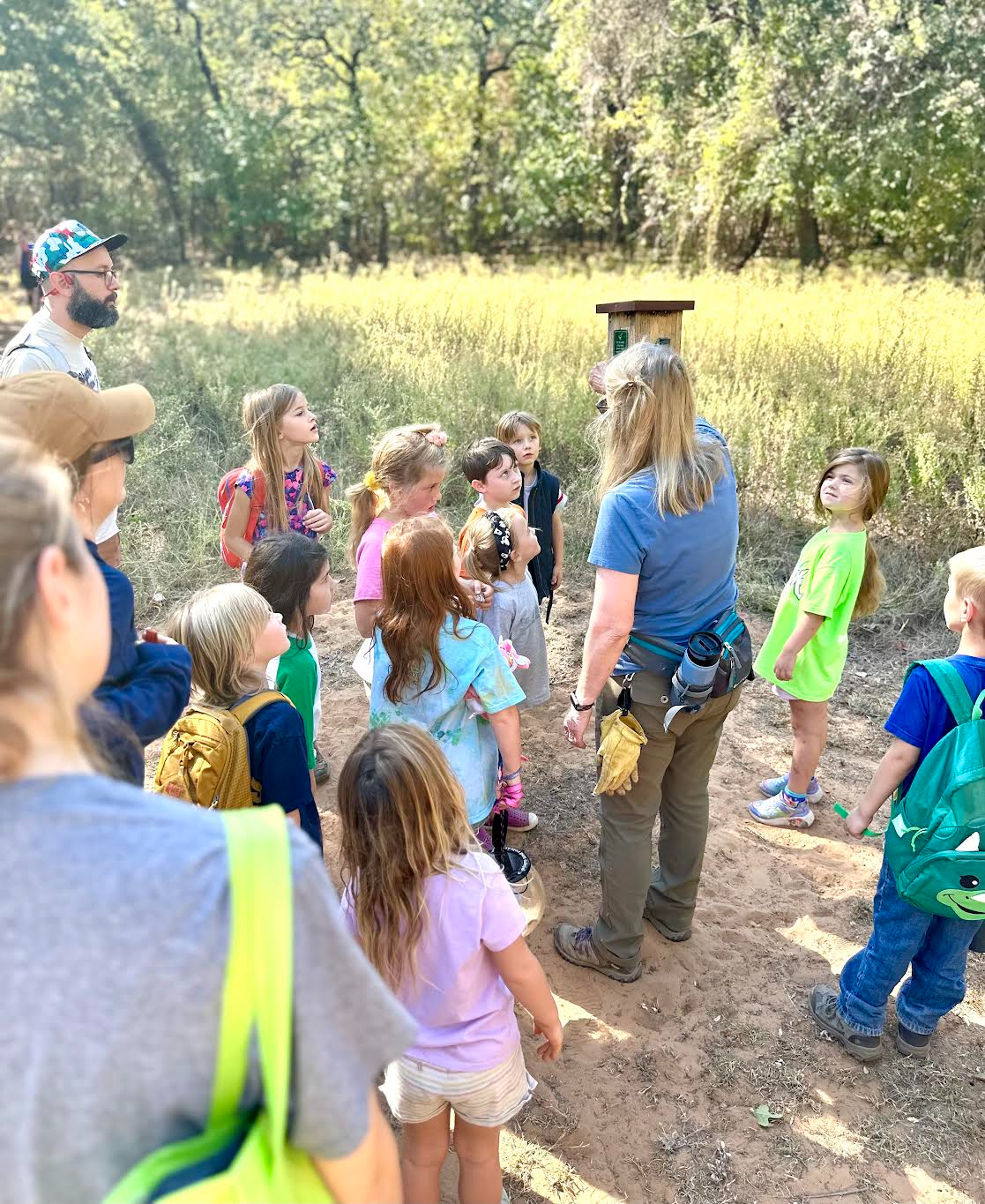
Martin educates homeschoolers at Bob Jones Nature Center in Southlake. (Photo courtesy Amy Martin)
How is your sense of spirituality connected to nature?
Being in nature helps us find the core of who we are. We can stop doing and just be. Nature wants nothing from us, has no expectations of us. It doesn't want to lobby, convert, or sell us anything. That facilitates a spiritual connection. Nature is utterly uninterested in us. It's the ultimate antidote to narcissism. What a blow to our ego. Laying down our ego opens the door to spirituality.
But nature is not just plants and wildlife. It's the geology below us that utterly shapes the landscape. It's the air, wind, humidity, and pressure. It's the weather and rain. The Moon, which profoundly shapes life on Earth and rules us in ways we find hard to accept. Invisible forces, a shimmering weave of magnetism and gravity emanating from the planet's molten core, infuse us. All this is nature.
Why does saving urban nature, even the little spots, matter?
Homegrown National Park is a movement brought to life by best-selling native plant author Doug Tallamy. His big idea is that if enough people, schools, churches, and businesses in cities foster an array of native plants on their properties, that would create a network of millions of acres—larger than any national park, creating a network that can support biodiversity.
National agencies serving as stewards of our finest national parks and preserves are now bent on setting these lands up for development and maximum resource extraction. This makes Homegrown National Park and locally managed natural areas extremely crucial.
Will these small urban parcels be arks? Ready for when people come to their senses and live in cooperation and balance with each other, the land, and its inhabitants? Or is that time beyond us? There's a wise saying: Don't eat the seeds. If the climate and ecologies crash, these urban arks will be the seeds from which nature reasserts herself.
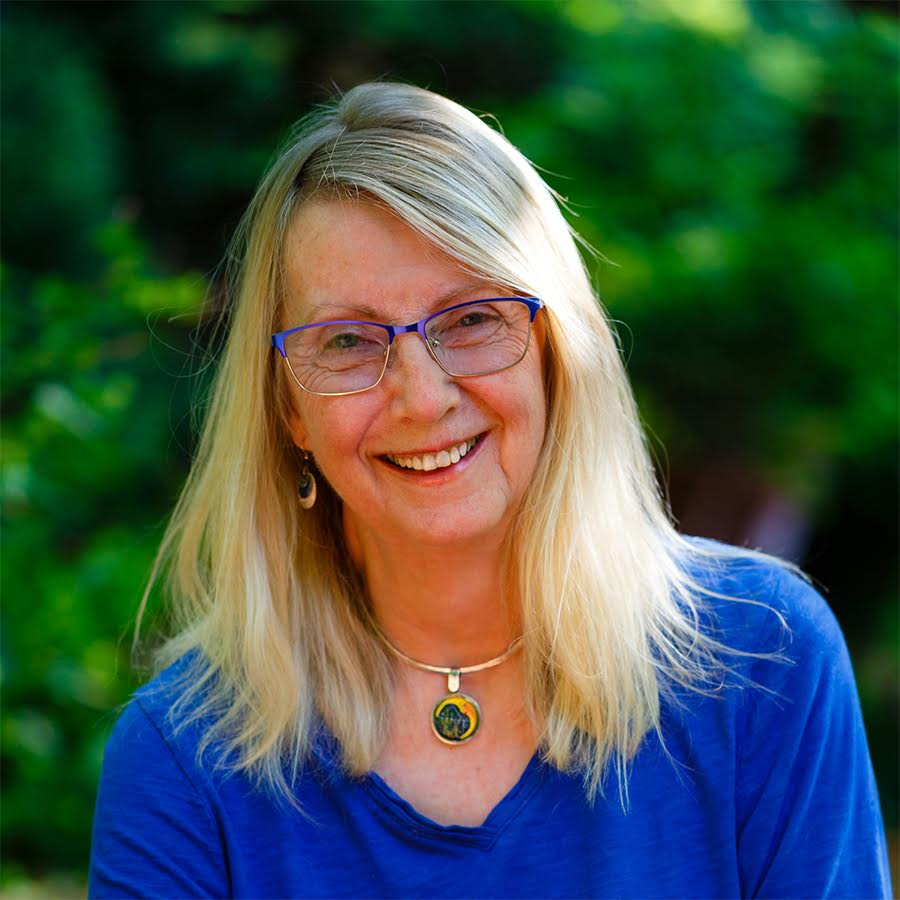
Amy Martin. (Photo by Stalin SM)
